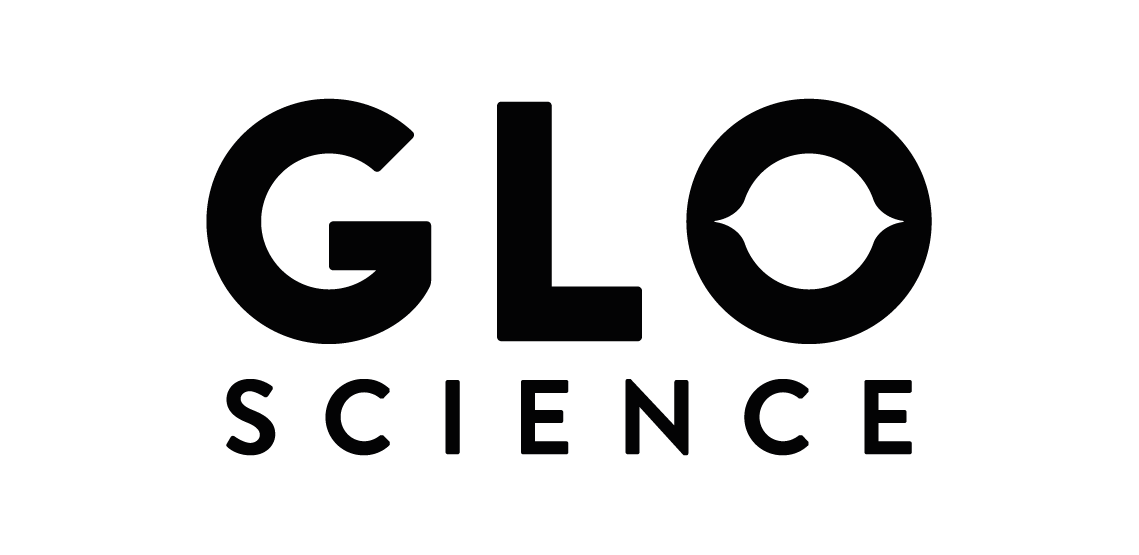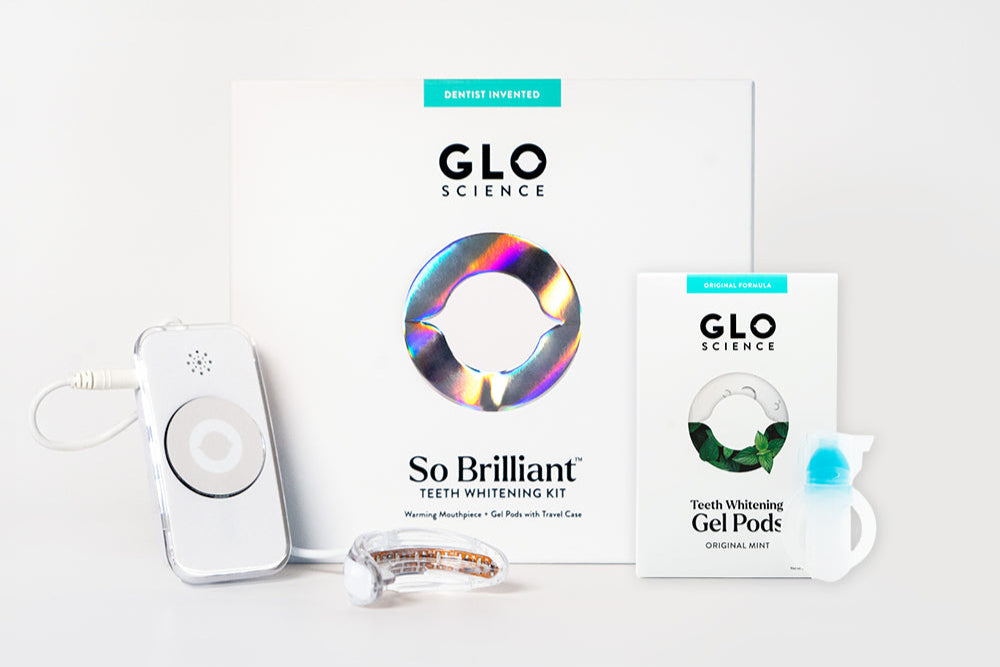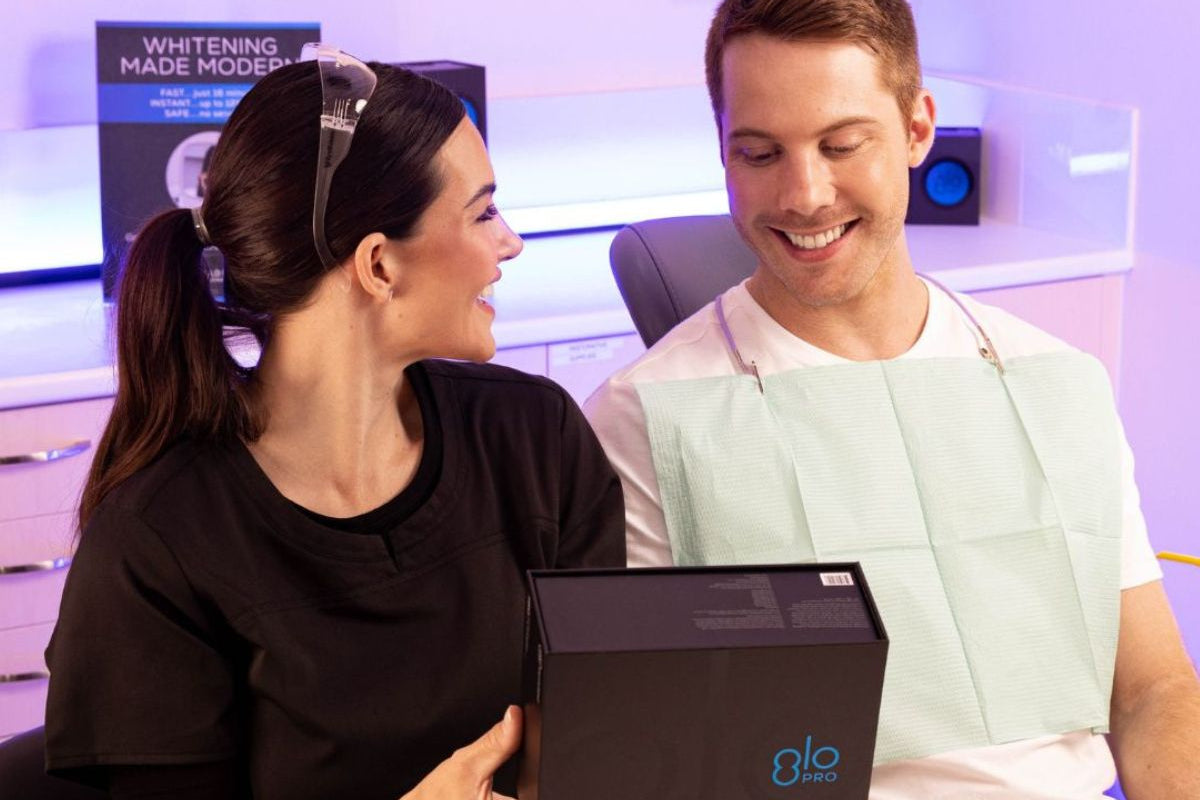So many products out there promise to whiten your teeth and erase years of coffee-stained smiles. Each product boasts different whitening ingredients, promising to get your pearly whites in tip-top shape. But how do you know which ingredients are safe and which ones actually work? In this post, we will cover two popular whitening ingredients: hydrogen peroxide and phthalimidoperoxycaproic acid (PAP). We'll cover their safety and efficacy and help you find out which is best for you!
Types of Whitening Agents
Throughout history, people have tried various methods to whiten their teeth. Ancient Egyptians, for example, used a mixture of ground pumice stone and vinegar to scrub their teeth. While in ancient Rome, people used urine because they believed its ammonia content could help whiten teeth. Fast forward to today, there are three chemical whitening ingredients that you can find in nearly every teeth-whitening product available in the market:
- Hydrogen Peroxide
- Carbamide Peroxide
- Phthalimido-peroxy-caproic acid, better call it PAP
All three whitening agents do their magic through oxidizing reactions. They penetrate the tooth enamel and break down the stained molecules into smaller particles. The smaller the molecules, the lighter the tooth shade.
Since the 20th Century, most teeth whitening products used professionally or found OTC is based on peroxide as the whitening agent. Peroxides are released from the breakdown reaction of hydrogen peroxide and carbamide peroxide.
In fact, carbamide peroxide is a compound derived from hydrogen peroxide. It’s a stable mixture that releases hydrogen peroxide and urea when it comes into contact with water. Because of this, it’s safe to say that most teeth-whitening products rely on hydrogen peroxide in some form.
On the other hand, PAP is a non-peroxide, synthetic organic peroxy acid that has mainly been used as a bleaching activator. Most often, PAP is found in laundry detergent to help get your clothes as white and bright as possible. PAP has also been used for a long time as an ingredient in hair dyes. But recently, scientists realized that it could also work to lighten teeth. After all, teeth and hair are both made of the same organic compounds and proteins.
Hydrogen Peroxide vs. PAP: Which Works Better?
As a new addition to teeth whitening products, PAP’s benefits are not fully understood. There are questions about whether the PAP chemical is safe for your teeth. With little known about PAP teeth whitening until now, some clinical trials believed that it's as effective as hydrogen peroxide in teeth whitening.
Although this may be true, a recent study in 2023 proved that hydrogen peroxide delivered the most significant color difference compared to other whitening agents, including PAP. Moreover, it removed superficial stains and lightened the natural enamel color.
Moreover, a study from 2019 in the British Dental Journal claims that PAP caused damage to the enamel during the whitening process, including etching in the teeth’s surface and reducing microhardness. To overcome this, some manufacturers added Hydroxyapatite (HAp), a natural compound found in bones, saliva, and teeth, to PAP, producing what is now known as “PAP+.” This addition remineralizes teeth by replacing minerals and strengthening etched enamel to reduce sensitivity.
Of course, some studies suggest that hydrogen peroxide may lead to tooth sensitivity and irritation. However, recent advancements have addressed these concerns. GLO's patented illuminating heat technology and superior whitening ingredients allow lower concentrations of whitening gel to work in a shorter time frame. This innovative approach eliminates the typical causes of sensitivity associated with teeth whitening and delivers impressive whitening results.
To sum up, hydrogen peroxide has been around longer than PAP in the whitening space, is clinically proven to whiten your teeth safely, and is widely trusted by dentists in their offices. Additionally, it breaks down into water and oxygen while working in your mouth, two very safe compounds to consume!
To get the best results, you need to use products that are FDA-registered, proven to work, and will not damage your enamel or compromise your health. At GLO Science, our safe teeth whitening products were developed by a practicing dentist using clinically proven, safe, and effective ingredients with your best interest in mind. He knows how important it is to have a brilliant smile, but keeping your mouth and body healthy is equally important.
Our most convenient, safe, and mess-free way to whiten without sensitivity








